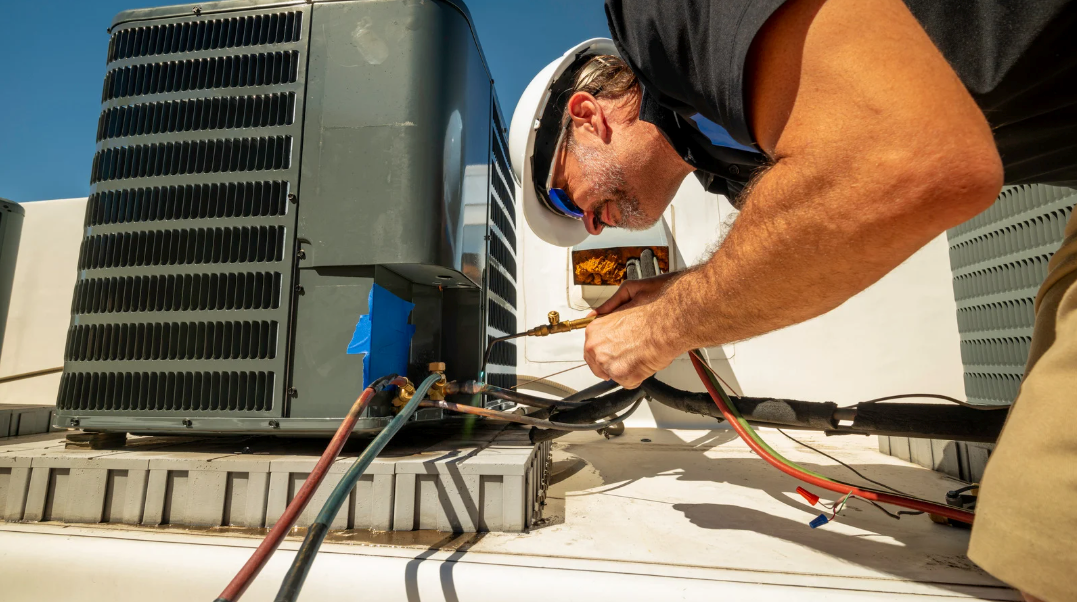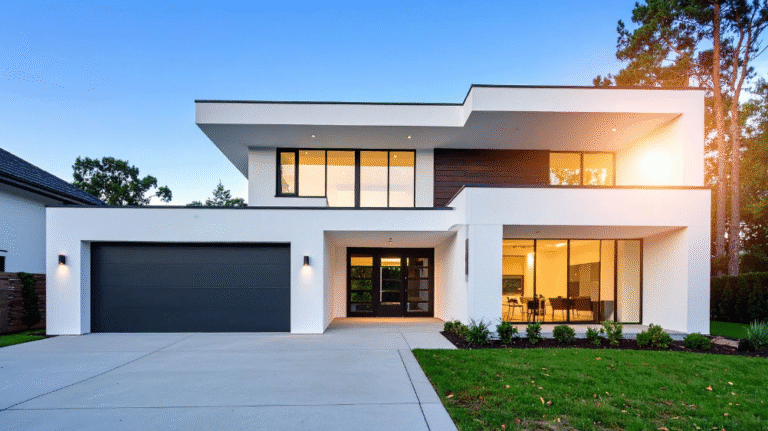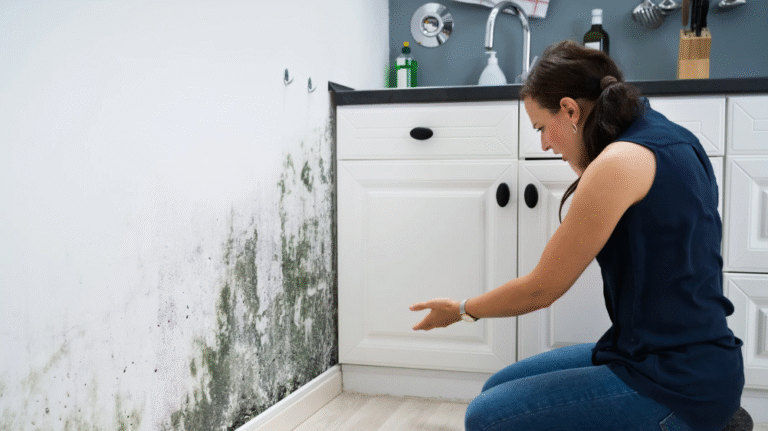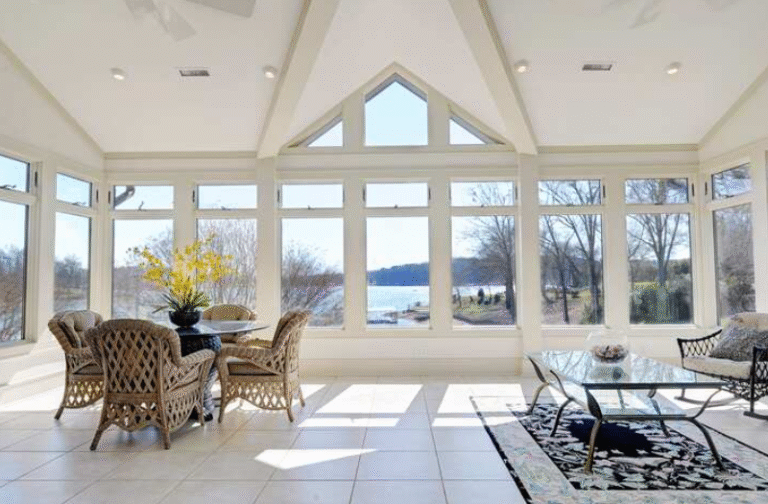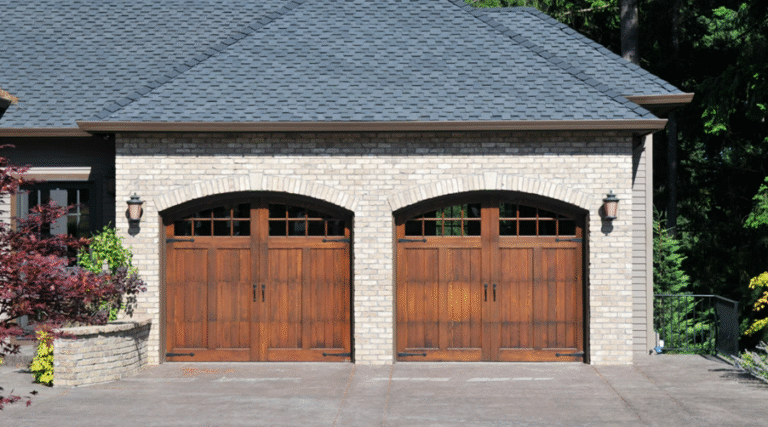Why Proper HVAC Sizing Is Crucial for Your Home’s Comfort?
Selecting the right HVAC system for your home involves much more than choosing an attractive unit or finding the lowest price. The size and capacity of your heating and cooling system directly impact energy efficiency, indoor comfort, and long-term operational costs. Many homeowners discover too late that their installation of HVAC in Venice was improperly sized, leading to years of discomfort and excessive utility bills. Professional HVAC contractors understand that proper sizing requires detailed calculations based on your home’s unique characteristics and cooling demands. Understanding these factors helps homeowners make informed decisions that ensure optimal comfort and system performance for decades to come.
The Problems with Oversized Systems
Many homeowners mistakenly believe that bigger is always better when it comes to HVAC equipment. Oversized systems create numerous problems that actually reduce comfort while increasing operating costs. These systems cool or heat spaces too quickly, causing frequent cycling that prevents proper humidity removal and creates uneven temperature distribution throughout the home.
Short cycling puts excessive wear on system components, particularly the compressor and blower motor, leading to premature failures and costly repairs. The constant starting and stopping also consume more energy than steady operation, resulting in higher utility bills despite the system’s apparent power. Additionally, oversized systems struggle to maintain consistent humidity levels, creating clammy conditions in summer and overly dry air in winter.
See also: The Versatility of #57 Stone in Modern Landscape Design
The Consequences of Undersized Equipment
Undersized HVAC systems face the opposite challenge of running continuously without achieving desired comfort levels. These systems struggle to maintain set temperatures during extreme weather, leaving some rooms uncomfortably warm or cool regardless of thermostat settings. The constant operation creates excessive wear on all system components while consuming maximum energy without delivering adequate comfort.
Homeowners with undersized systems often find themselves adjusting thermostats to extreme settings in futile attempts to achieve comfort. This behavior further stresses the system while driving up energy costs significantly. The inability to maintain comfortable temperatures often leads to the installation of supplemental heating or cooling units, adding complexity and cost to what should be a single, properly sized system.
Professional Load Calculation Methods
Proper HVAC sizing requires comprehensive load calculations that consider multiple factors affecting your home’s heating and cooling requirements. These calculations account for square footage, ceiling height, insulation levels, window size and orientation, local climate conditions, and occupancy patterns that influence thermal loads.
Professional contractors use industry-standard calculation methods that evaluate heat gain and loss through all building surfaces. These calculations consider solar heat gain through windows, heat transfer through walls and roofs, air infiltration rates, and internal heat sources from appliances and lighting. The complexity of these calculations requires specialized software and training that ensures accurate results.
Factors Affecting System Sizing Requirements
Home characteristics significantly impact HVAC sizing requirements beyond simple square footage measurements. Insulation quality and installation affect how efficiently your home retains conditioned air, while window placement and glazing influence solar heat gain. Ceiling height, floor plan layout, and architectural features like vaulted ceilings or large open spaces create unique comfort challenges that must be addressed in sizing calculations.
Geographic location plays a crucial role in determining system capacity requirements. Coastal areas may have different humidity management needs compared to inland locations, while elevation affects air density and system performance. Local climate patterns, including seasonal temperature extremes and humidity levels, directly influence the capacity needed to maintain year-round comfort.
Energy Efficiency and Cost Implications
Properly sized HVAC systems operate at peak efficiency by running longer cycles that optimize energy consumption and comfort delivery. These systems achieve better humidity control while consuming less energy than oversized or undersized alternatives. The steady operation reduces wear on components, extending system lifespan while minimizing repair needs and replacement costs.
Energy efficiency ratings become meaningful only when systems are properly sized for their application. An oversized high-efficiency system may consume more energy than a properly sized standard efficiency unit due to cycling losses and poor humidity control. Professional sizing ensures that efficiency investments deliver expected returns through reduced operating costs and improved comfort.
Conclusion
Proper HVAC sizing forms the foundation of home comfort systems that deliver reliable performance, energy efficiency, and long-term value. The complex calculations required for accurate sizing exceed typical homeowner knowledge and tools, making professional consultation essential for optimal results. Investment in professional sizing and installation services ensures that your heating and cooling system performs as designed while providing decades of comfortable, efficient operation that protects your family’s comfort and your financial investment.
